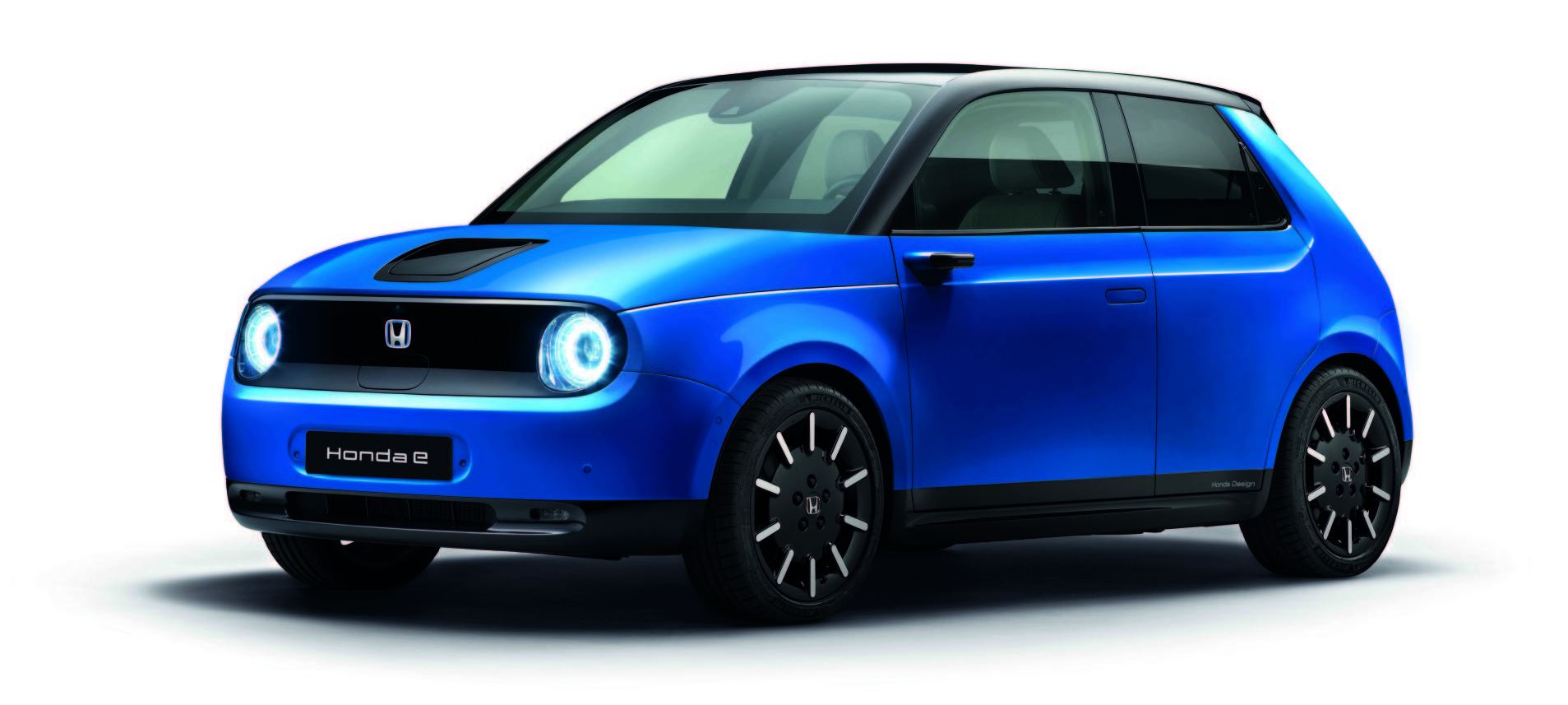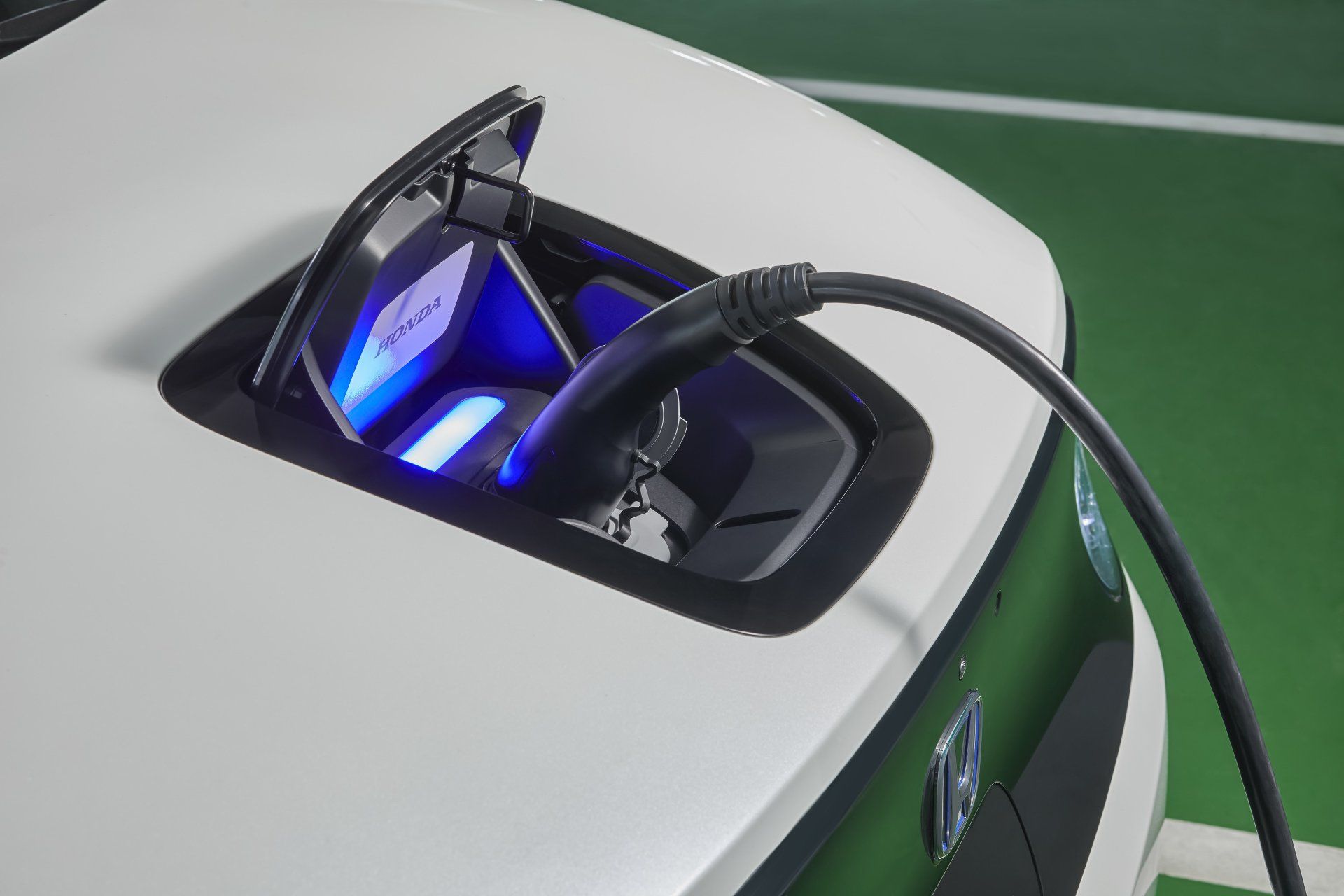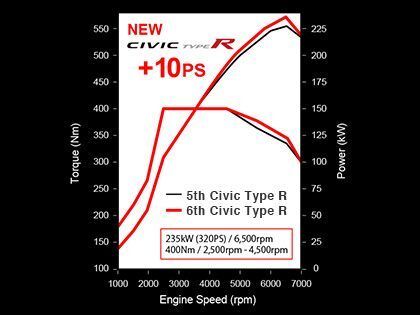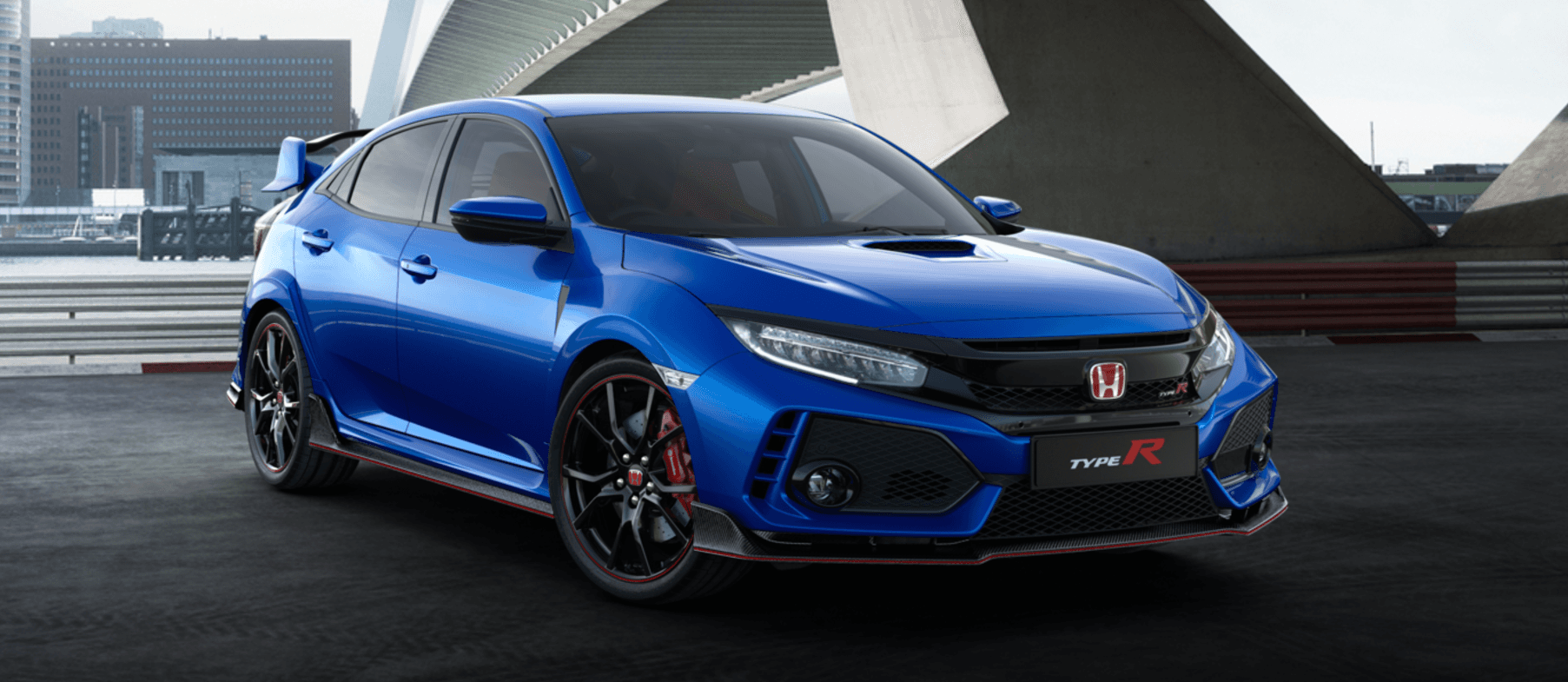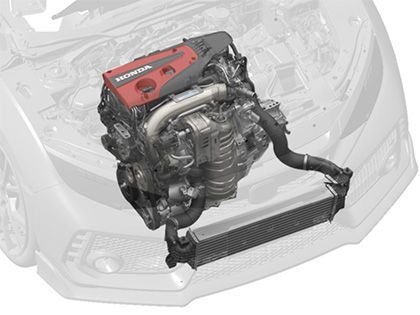Civic Type R - Engineer Talk Part 6
"We’re carrying on the Type R drivability tradition"
The Type R is a car that is not only extremely fast, but teaches the driver the joy of driving.
As developers, we think and consider what the joy of driving is, which resulted in the history of the Type R.
The new Civic Type R, similar to the previous model, is powered by a 2.0L VTEC TURBO engine. The difference is the output, which has been increased from 310PS to 320PS. With a lower ratio gearbox, the Type R achieves an unprecedented acceleration, from ordinary revs to top speed. To enhance the joy of driving, the flywheel is lighter, and we conducted thorough testing in Germany to hone engine response control.
The new Civic Type R has evolved into a new Type R with unequalled drivability.
“Every Type R was not just fast, but taught the driver the joy of conversing with the car. Every aspect of the new Civic Type R’s engine performance has been reviewed, to enhance this joy even further.”
Hayao Matsutani, an engineer in the department overseeing vehicle performance, was involved in developing the new Civic Type R’s acceleration performance and drivability.
“Every Type R has had immediate response with its drive force to the accelerator, whether it be pressing down, or letting up. This is what makes driving fun, and is the performance we engineers strive to achieve.”
“We have adopted the 2.0L VTEC TURBO engine since the previous Type R, its main asset being its torque characteristics that are far superior to naturally aspirated engines. The lag in supercharging when accessing this torque, however, is the difficulty with turbo engines. Turbo lag leads to a lag in drive when quick accelerator pedal work is needed, and makes the car move in an unintended way.”
What did the team do to reduce turbo lag?
“We reduced the flywheel’s inertia mass by 25 percent, improving drive force response.”
That was not, however, enough according to Matsutani.
“The cause is the difference in driving force response between acceleration and deceleration. Especially with turbo engines, the gap in response between acceleration and deceleration widens, depending on the rev range, so we needed to efficiently control the engine’s characteristics. We conducted exhaustive tests on public roads and Autobahn, had thorough discussions with development staff, and pursued the feel of the car responding well once letting up on the accelerator.”
The team also pursued improving acceleration performance.
“The new Civic Type R has 10PS more output than its predecessor, or 320PS/6500rpm. This is due to increasing the engine’s exhaust flow and reviewing ignition settings. 10PS may not sound like much, but the increase in torque is in the mid to high rev ranges, so not only is the top speed faster, but it takes much less time to get there.”
“We placed most emphasis on what is hard to numerate, the improvement of acceleration in the rev range for normal driving. For example, the driver will probably be surprised by the sharp acceleration when merging into traffic. This is due to the lower ratio transmission which improves mid-rev range acceleration. The new Civic Type R’s evolution will undoubtedly be felt by every customer, in every aspect of their driving life.”
The final stage of improving performance was conducted at the Nurburgring in Germany.
“To finalize the new Civic Type R’s performance, we conducted tests at the Nurburgring’s Nordschleife. About half of one lap consists of acceleration zones, and the latter half has an ultra-high speed straight. The new Civic Type R was around 1 second faster than its predecessor on this straight, and was faster on even the short acceleration zones. This indicates that the new Type R’s acceleration is superior over a wide rev range.”
PART 7 COMING SOON...



